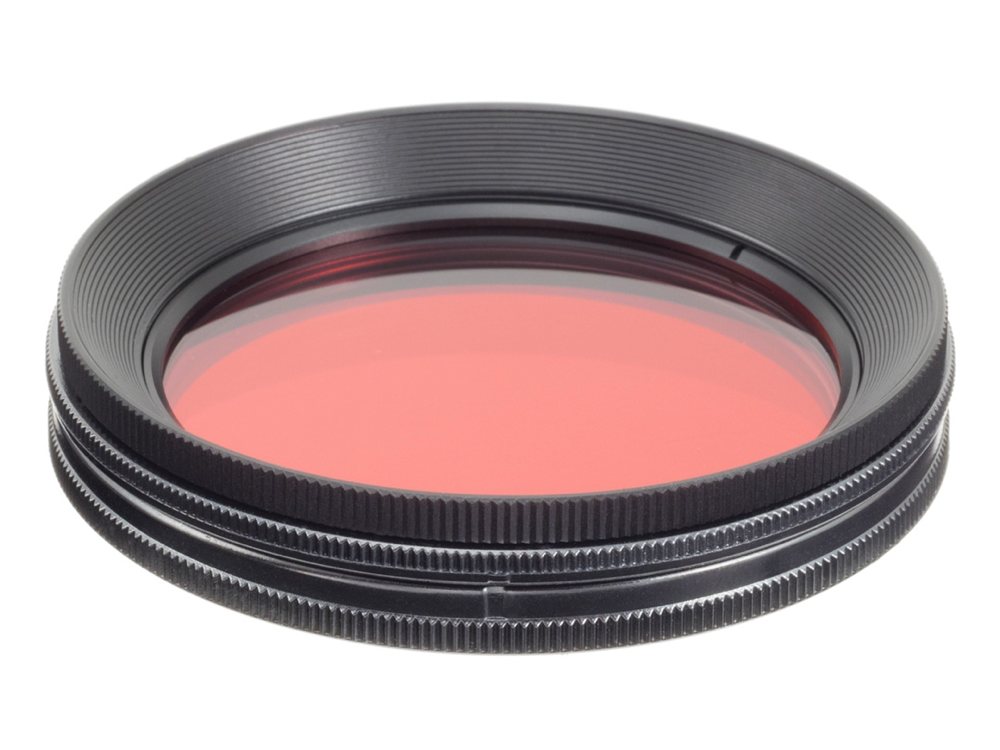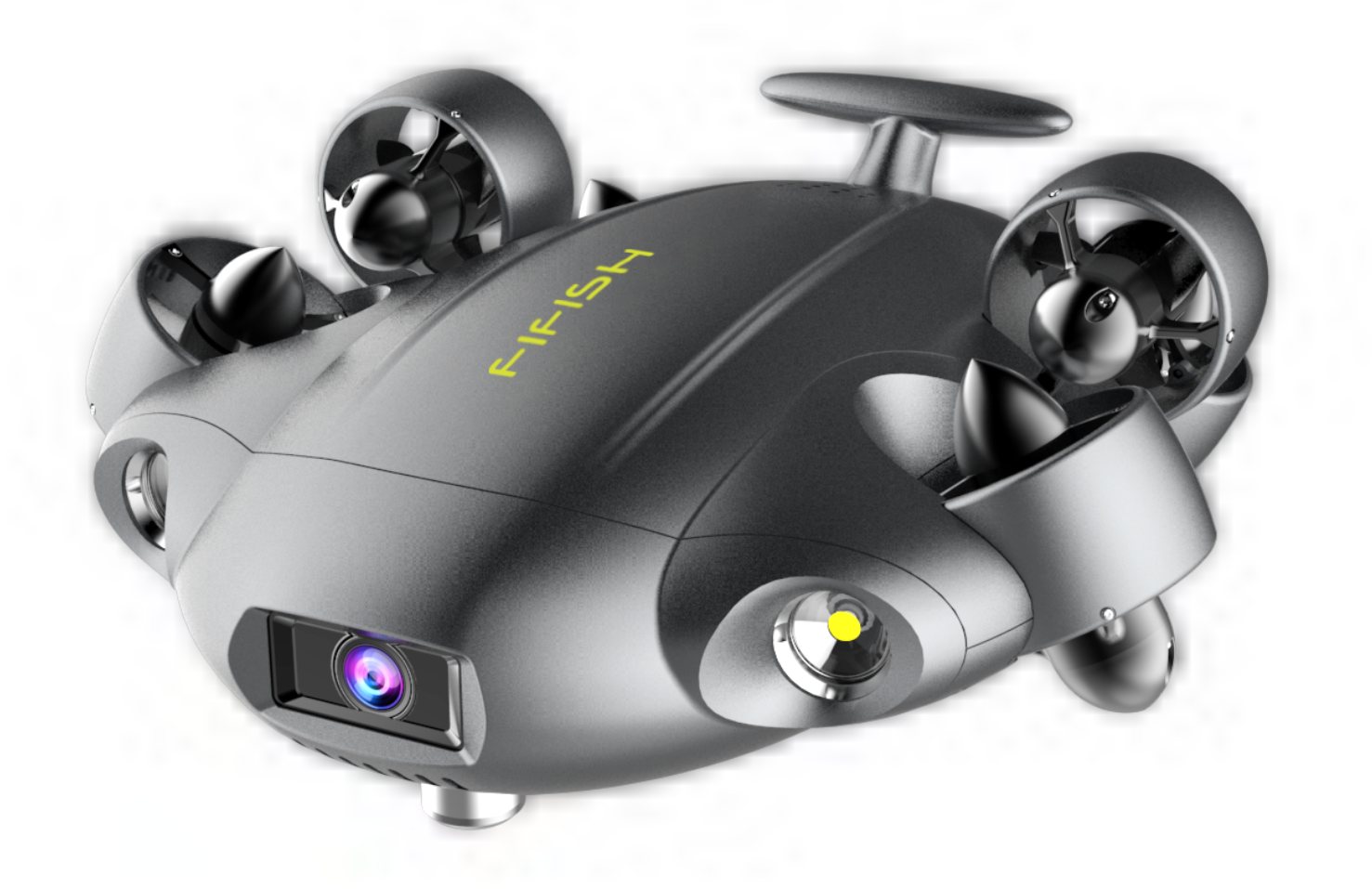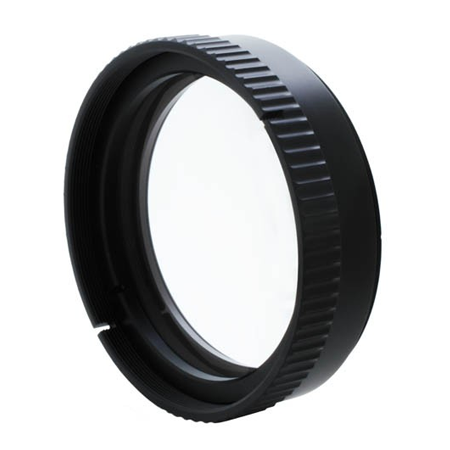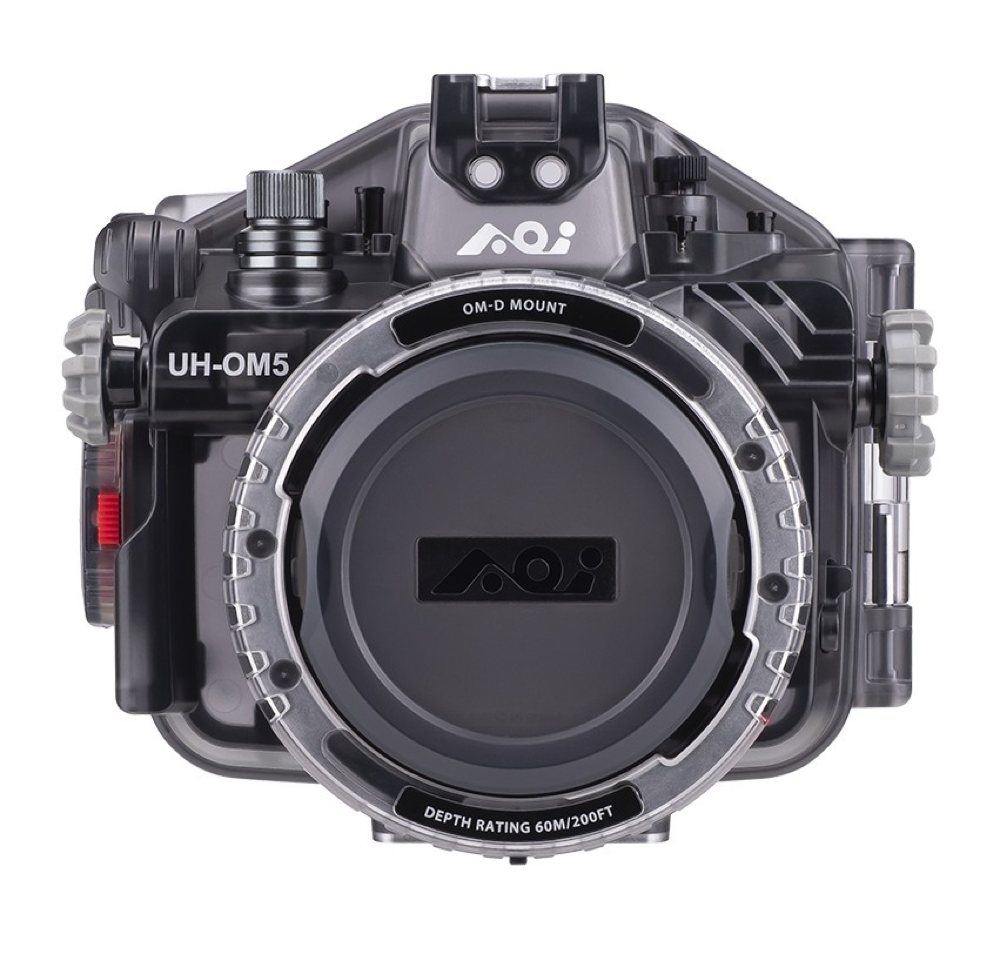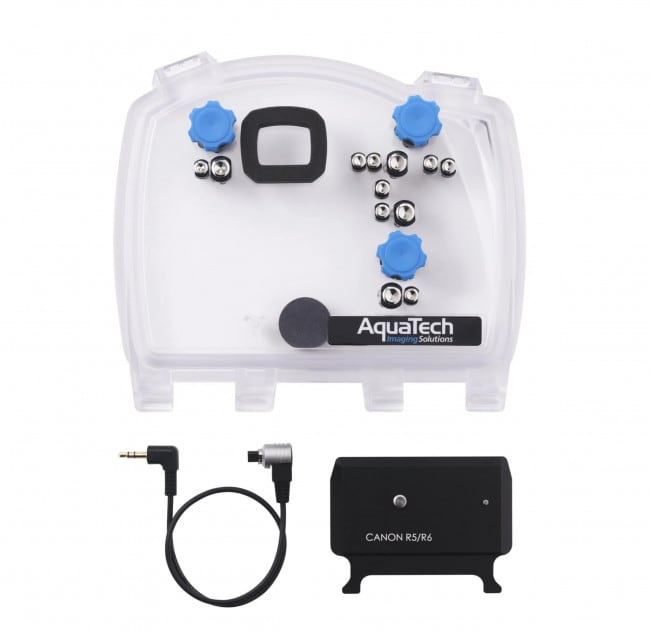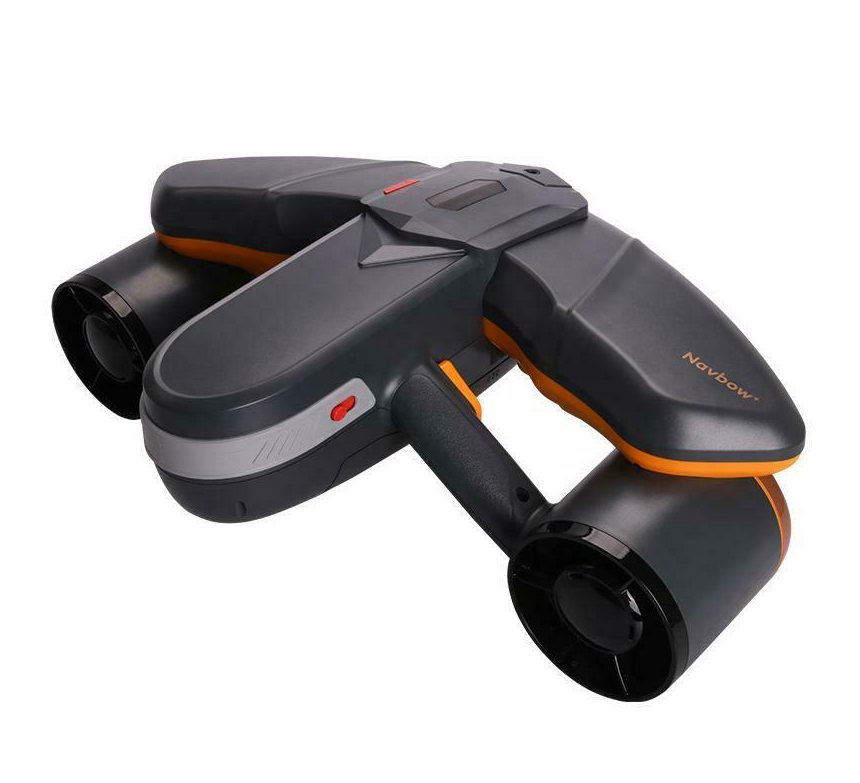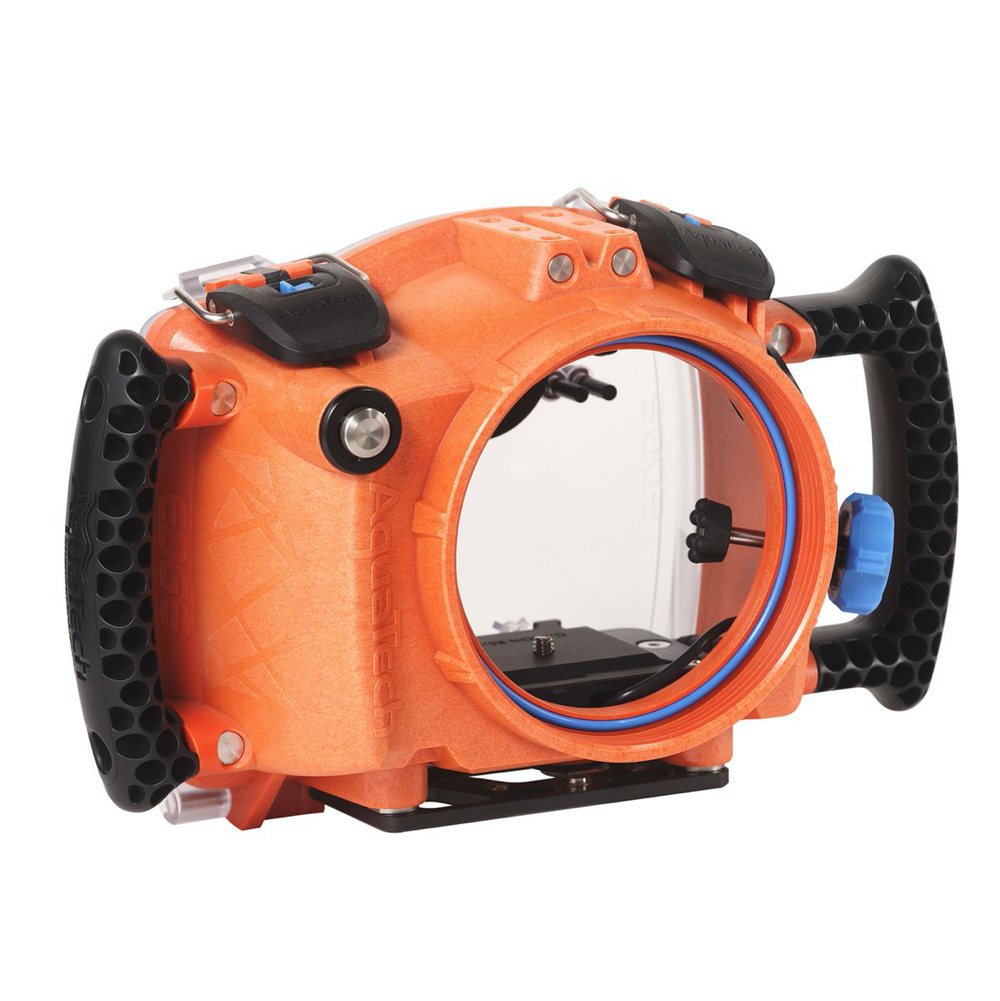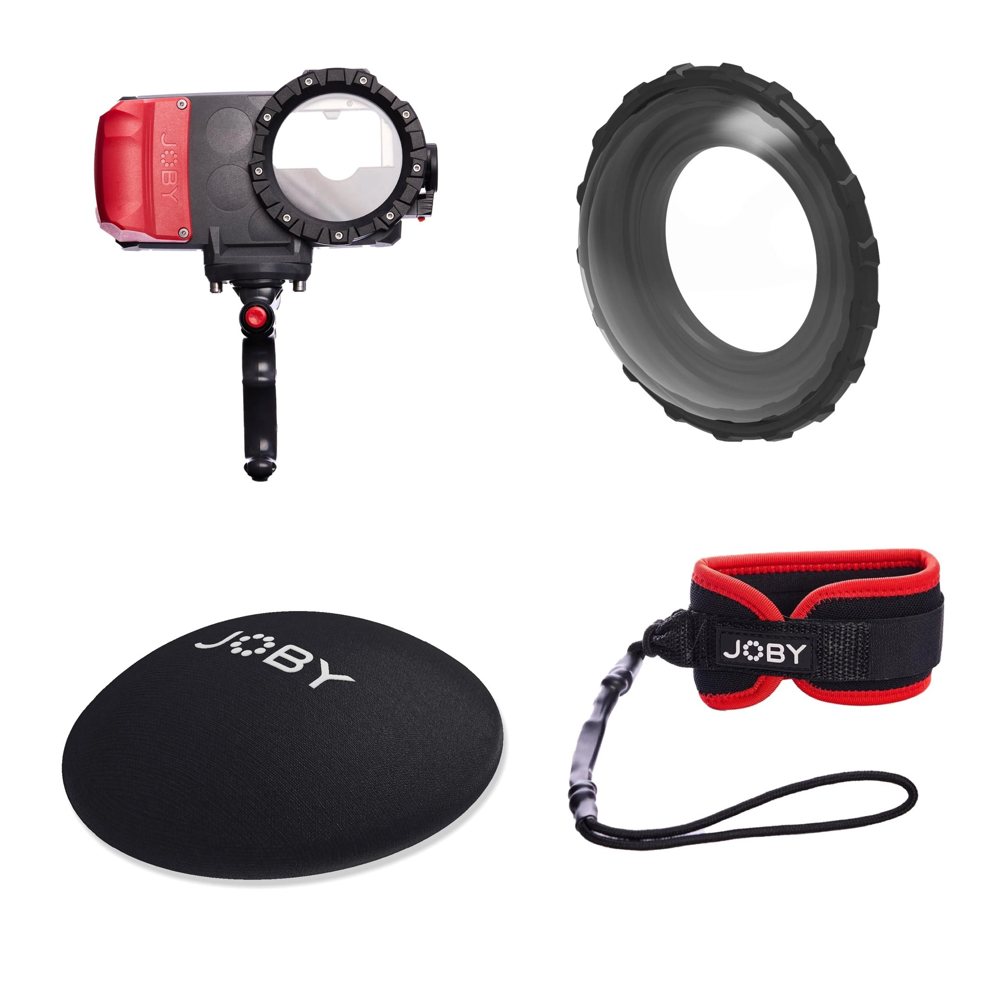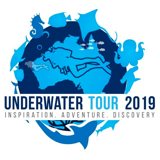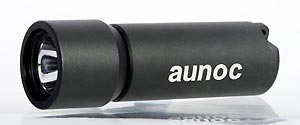- Home
- Directory
- Shop
- Underwater Cameras - Photographic Accessories
- Smartphone Housings
- Sea Scooters
- Hookah Dive Systems
- Underwater Metal Detectors
- Dive Gear
- Dive Accessories
- Diving DVD & Blu-Ray Discs
- Diving Books
- Underwater Drones
- Drones
- Subscriptions - Magazines
- Protective Cases
- Corrective Lenses
- Dive Wear
- Underwater Membership
- Assistive Technology - NDIS
- On Sale
- Underwater Gift Cards
- Underwater Art
- Power Stations
- Underwater Bargain Bin
- Brands
- 10bar
- AirBuddy
- Akona
- AOI
- Apollo
- AquaTech
- Atomic Aquatics
- aunoc
- AxisGo
- Backscatter Underwater Video and Photo
- BLU3
- Buddy-Watcher
- Cayago
- Chasing
- Cinebags
- Contour
- Deepblue
- Devilite
- Digipower
- DJI
- Dyron
- Edge Smart Drive
- Eneloop
- Energizer
- Exotech Innovations
- Fantasea
- FiiK Elektric Skateboards
- Garmin
- Geneinno
- GoPro
- Hagul
- Hoverstar
- Hydro Sapiens
- Hydrotac
- Ikelite
- Indigo Industries
- Inon
- Insta360
- Intova
- Isotta Housings
- Jobe
- JOBY
- Kraken Sports
- LEFEET
- Marelux
- Mirage Dive
- Nautica Seascooters
- Nautilus Lifeline
- NautiSmart
- Nocturnal Lights
- Nokta Makro
- Ocean Guardian
- Oceanic
- Olympus
- OM System
- Overboard
- Paralenz
- PowerDive
- QYSEA
- Ratio Dive Computers
- Scubajet
- Scubalamp
- Sea & Sea
- SeaDoo Seascooter
- SeaLife
- Seashell
- Seavu
- Shark Shield
- Sherwood Scuba
- Spare Air
- StickTite
- StormCase
- Sublue
- Suunto
- SwellPro
- T-HOUSING
- Tusa
- U.N Photographics
- Venture Heat
- XTAR
- Yamaha Seascooter
- Youcan Robot
- Zcifi
Great White Sharks Cage Diving with Rodney Fox
Contributed by BobG

Text and photos by Bob Gallagher
I first saw Blue Water White Death in London in 1971. Blue Water White Death was the first feature length film to introduce Great White Sharks to a mass audience. It starred Peter Gimbel, Ron & Valerie Taylor, and Stan Waterman. Rodney Fox also appeared in the film when the production arrived in South Australia. It was Rodneyís job to find the Great Whites. It's become commonplace now to see film footage of Great Whites, but back then, things were very different. As an impressionable youth looking for some heroes, I found them in this movie.
As I sat back in my aircraft seat on a flight from Brisbane to Adelaide in June 2002, I contemplated the days ahead. I was going Great White Shark cage diving with Rodney Fox and Stan Waterman! I had booked on a five day expedition with Rodney Fox and would join a group of Americans led by Stan Waterman. The expedition was due to leave the next day for North Neptune Island, located at the mouth of the Spencer Gulf.
The following morning I was picked up at my hotel by Rodney and joined the rest of the group on the courtesy bus. We picked Stan up last and he introduced himself personally to everyone he hadn't met. He looked very fit for a guy approaching his eightieth birthday. At the boat we met the crew and Rodney's son Andrew. Andrew has been working alongside Rodney since he was a youngster and is now the organiser and leader on most of these expeditions.
The boat Rodney charters is a 45 metre ketch, rigged motor sailor, called the Falie. The Falie was a former trading vessel and worked the coastal waters of Australia for 60 years. She was restored as a charter boat in 1986 and can accommodate up to 14 passengers, 9 crew and tour guides. Iíve been on a lot of dive charter boats over the years, but this boat is unique. She is still largely operated in the traditional way - an open wheelhouse and no autopilot. The crew have to keep two-hour watches at the helm in all weather! She reminded me of the boat featured in the old BBC series The Onedin Line.
After an overnight passage we arrived at North Neptune Island around 2pm. North Neptune Island is home to a large population of New Zealand Fur Seals - a favourite prey of Great White Sharks. Andrew immediately started to berley the water. The berley consists of minced tuna mixed with water and drips over the side of the boat in a "tuna slurry". The slurry generates a "scent line" as it drifts down current, and is intended to entice the sharks into the vicinity of the boat. Two baited lines are then trailed from the stern of the boat. Floats are attached to the end of these lines and the baits (large pieces of tuna) are suspended from the floats to just below the surface of the water.
After what seemed like only 10 - 15 minutes at anchor, I heard someone yell: "Get that bait". I had just managed to get to the boat rail to see what all the commotion was about when I saw a huge white belly arch out of the water and devour one of the baits before disappearing. I could sense the excitement on board, this was just what everybody was waiting for - a large Great White on the first day! Andrew estimated its size to be between four and five metres. Another piece of tuna was attached to the line, and soon after, another shark - even bigger than the last one, went for the bait. Andrew was ready and pulled the bait towards the boat as the shark moved in. The idea being to get the shark as close to the boat as possible for people to take photos and for identification and/or tagging. This time the shark was lured right to the stern of the boat. I could hear the click of cameras as everyone saw and recorded their first Great White Shark up close. The day finished with lots of similar topside action. There wasn't time to launch the cages, but the sharks were here and we would be in the water with them (hopefully) tomorrow.The next day dawned and it was time to go diving. We were briefed on the procedures to be followed when cage diving. There are three cages on the Falie, two surface cages and one dedicated bottom cage. Cage diving is a little different to normal diving; you don't need fins, or a BCD. The idea is to get yourself appropriately weighted so that you can stand comfortably on the cage floor. This means carrying an incredible amount of lead. I think I had around 50lbs!
I started gearing up and to my delight I was offered a spot on the first dive in the bottom cage. I joined three other divers in the cage and it was slowly lowered into the water. As I monitored our descent on my computer I had a surreal feeling of being in an elevator. When we eventually reached the bottom (17m) the visibility was about 10 metres. We waited for about five minutes before I saw my first Great White underwater. It came slowly into view and passed the cage about three metres away. It was one of the large sharks we had seen topside, between four and five metres long. As it cruised past it reminded me of a miniature submarine. I had wondered how I would feel when I finally saw one of these sharks underwater. There is a terrifying beauty about this top-level predator when observed in its own environment - a truly awe inspiring sight. My emotions were a combination of excitement and fascination. We had several more passes during the dive, each time I got the feeling the shark was looking in at us, just like we view animals in a zoo, except this time we were the ones in the cage! All too soon our bottom time was reached and we had to ascend.
That afternoon I elected to dive in a surface cage. The surface cages float close to the baited lines and thus the sharks are in a more excited state than when they are swimming around on the bottom. I was lucky enough to be the only person in the cage for the first hour. Over this period, two big sharks came right up to me on several occasions, bumping the cage with their snouts and banging it with their tails as they eyed the tuna baits. The sharks were only centimetres from my face and I could make out old scars and scratches etched along their bodies as they swam past. When you're up this close, the power of these animals is palpable. I found it hard to comprehend that this was a real living fish and not some Hollywood mechanical prop from a Jaws movie. When I got out of the cage I couldn't contain my excitement - what a day! Over the remainder of the expedition we had sharks around the boat on four out of the five days that we were on location, with plenty of action both underwater and topside.
The Rodney Fox Expeditions now include a marine biologist as part of the dive team. Rachel Powel is conducting fieldwork as part of her PhD thesis on the Great Whites. After dinner one night, Rachel presented some of the findings of her research and also explained the aims of the tagging program. It was extremely interesting, and hopefully much more will be learned about the behaviour and distribution of these animals.
On the other nights, our after dinner speakers were Rodney and Stan, who either showed some of their own video footage, or recounted some of their adventures during a lifetime of diving and filming marine life. They had us all in stitches laughing at some of their stories (no doubt embellished a little, but nobody cared). Rodney also spoke about his attack and how his attitude towards sharks gradually changed over time. I admire him for the way in which he turned such a traumatic incident in his life into something positive. I found Stan to be an absolute gentleman. He always had time for everyone on board and a witty comment for anyone in earshot, maybe thatís his secret to a long career in diving and filmmaking.
Great White Shark cage diving is not for everyone. The weather and sea conditions are not ideal and itís not cheap. For me, however, it was the highlight of my diving career. To be able to see these magnificent animals was the fulfilment of a lifetime ambition and to share the experience in the company of Rodney Fox and Stan Waterman (two of my original heroes!) made it that much more rewarding.
Shopfront
-
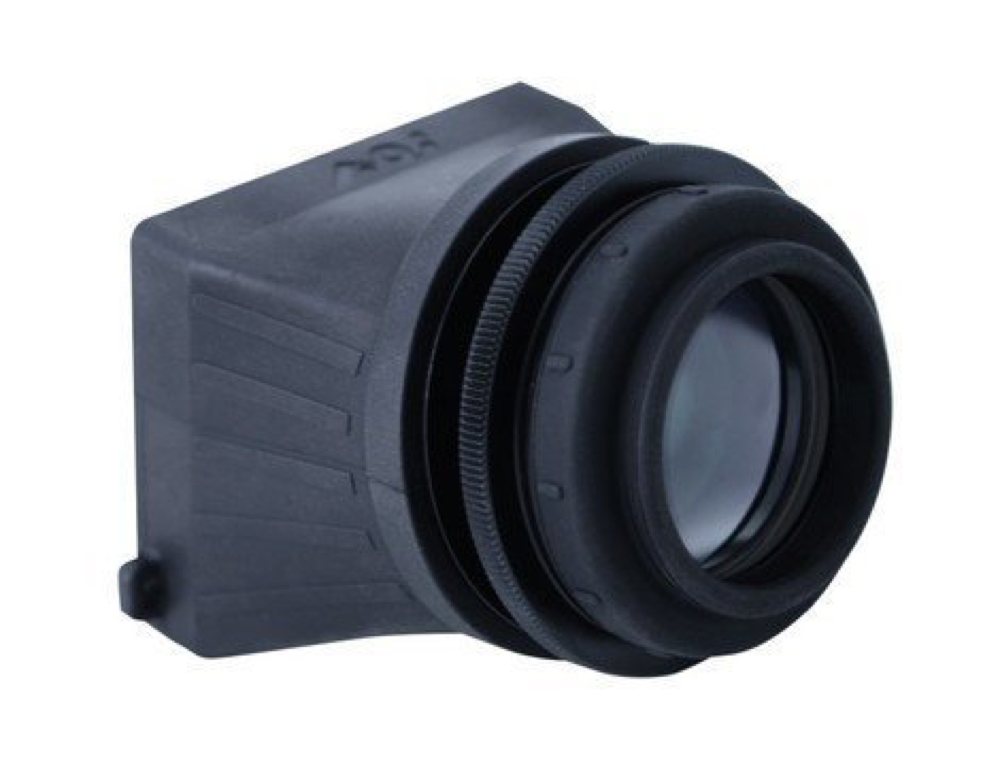 AOI UMG-01 LCD Underwater Magnifier for Olympus and OM System
AOI UMG-01 LCD Underwater Magnifier for Olympus and OM System
- Price A$ 269.00
-
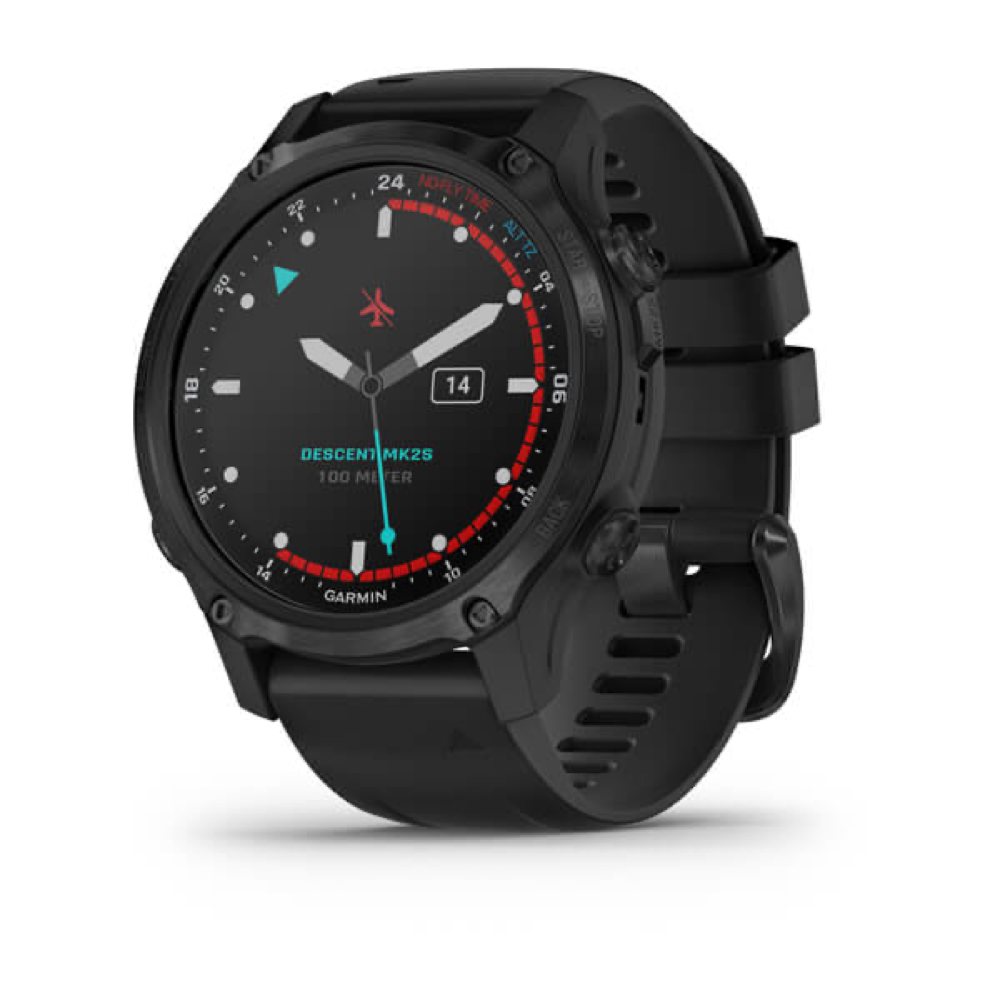 Garmin Descent Mk2S Watch Dive Computer
Garmin Descent Mk2S Watch Dive Computer
- Price A$ 1,399.00
-
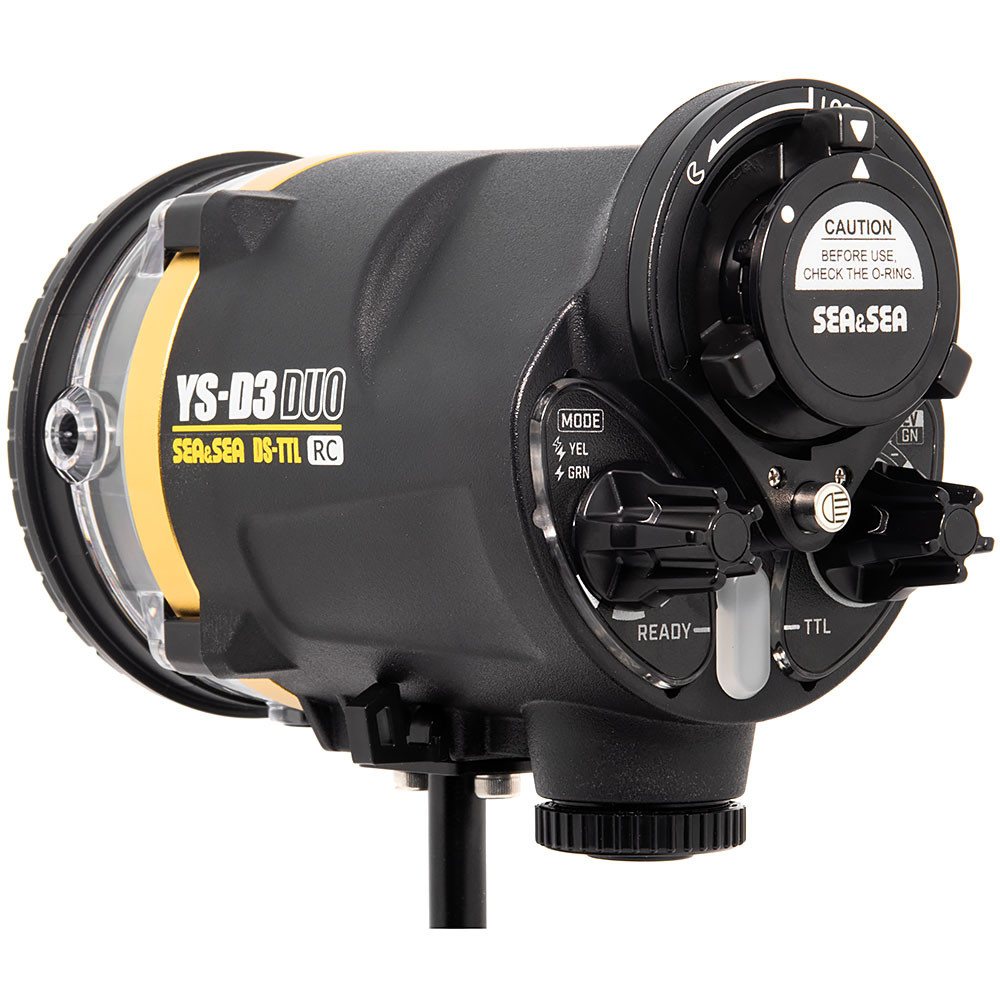 Sea & Sea YS-D3 DUO Strobe
Sea & Sea YS-D3 DUO Strobe
- Price A$ 1,649.00
-
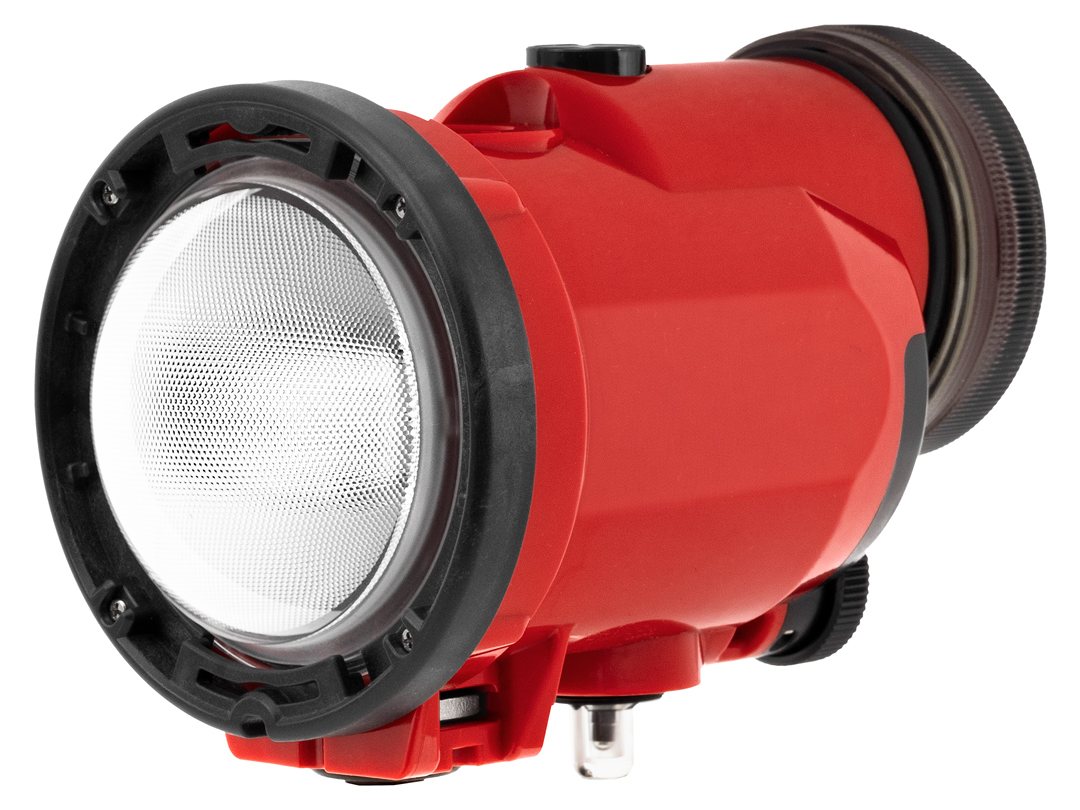 Inon S-220 Underwater Strobe
Inon S-220 Underwater Strobe
- Price A$ 749.00
-
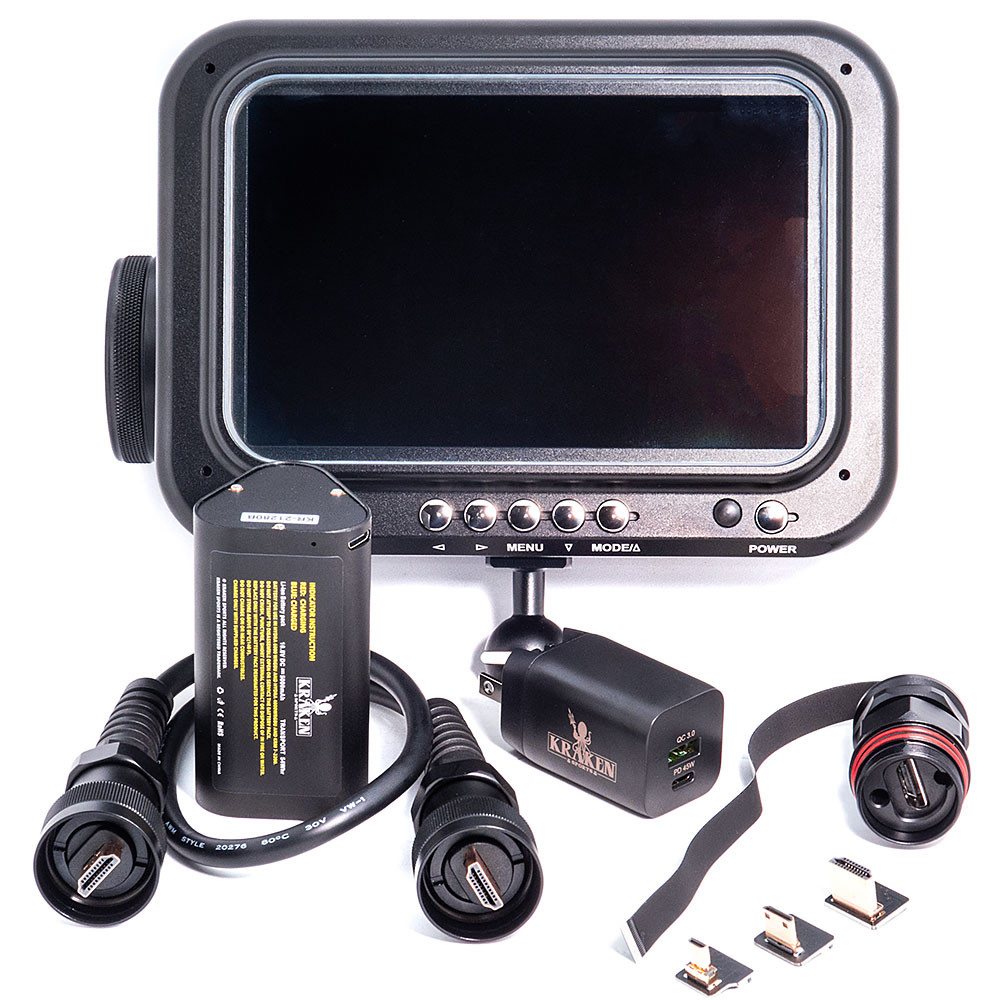 Kraken 7-inch Ultra Bright Underwater Monitor KRM07-2200
Kraken 7-inch Ultra Bright Underwater Monitor KRM07-2200
- Price A$ 2,999.00
-
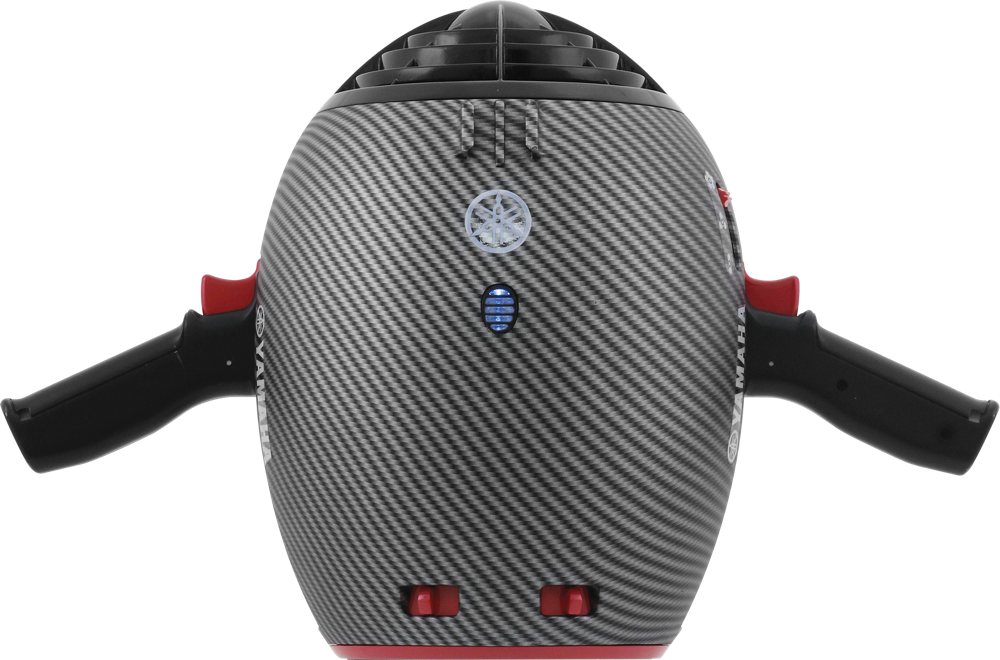 Yamaha Seascooter Jet Pod PRO
Yamaha Seascooter Jet Pod PRO
- Price A$ 1,799.00
-
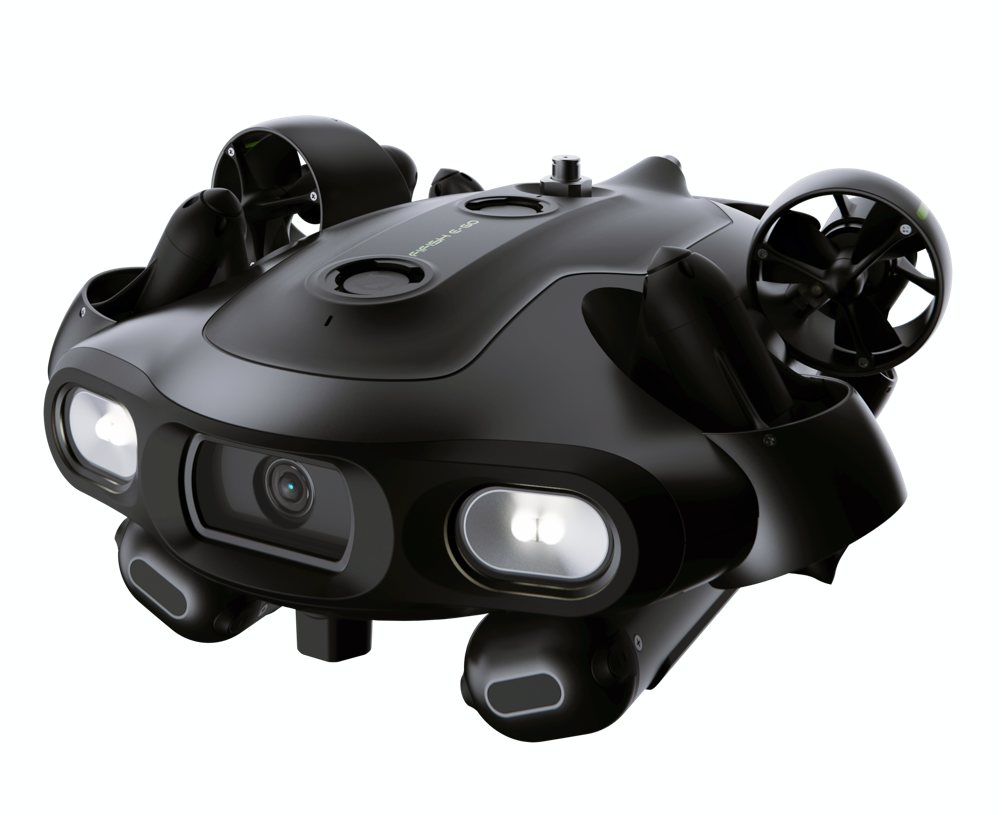 QYSEA Fifish E-GO - Next Generation Underwater Robot
QYSEA Fifish E-GO - Next Generation Underwater Robot
- Price A$ 11,999.00
-
 Energizer Everest 500 Power Station
Energizer Everest 500 Power Station
- Price A$ 779.00
In the Directory






